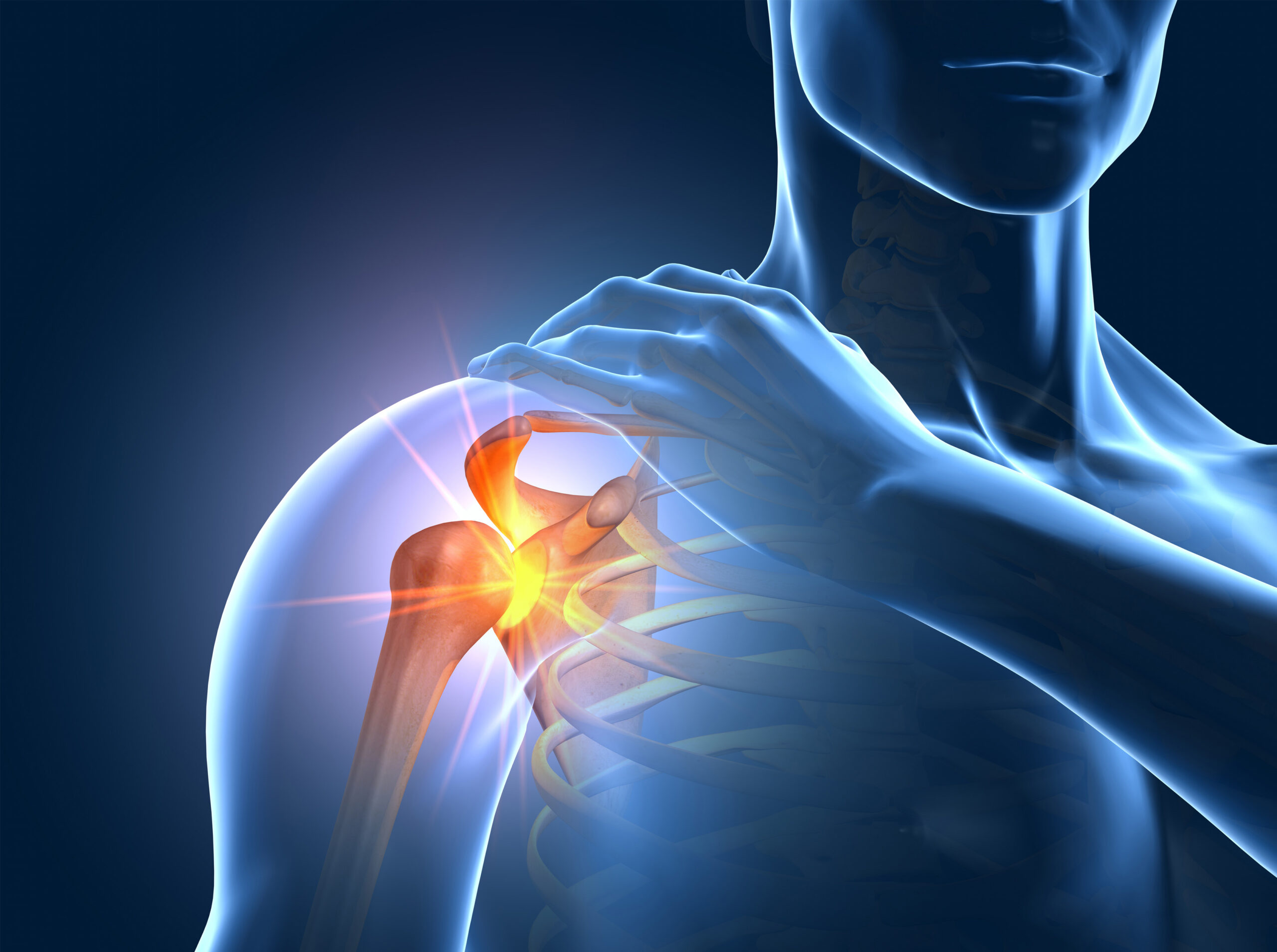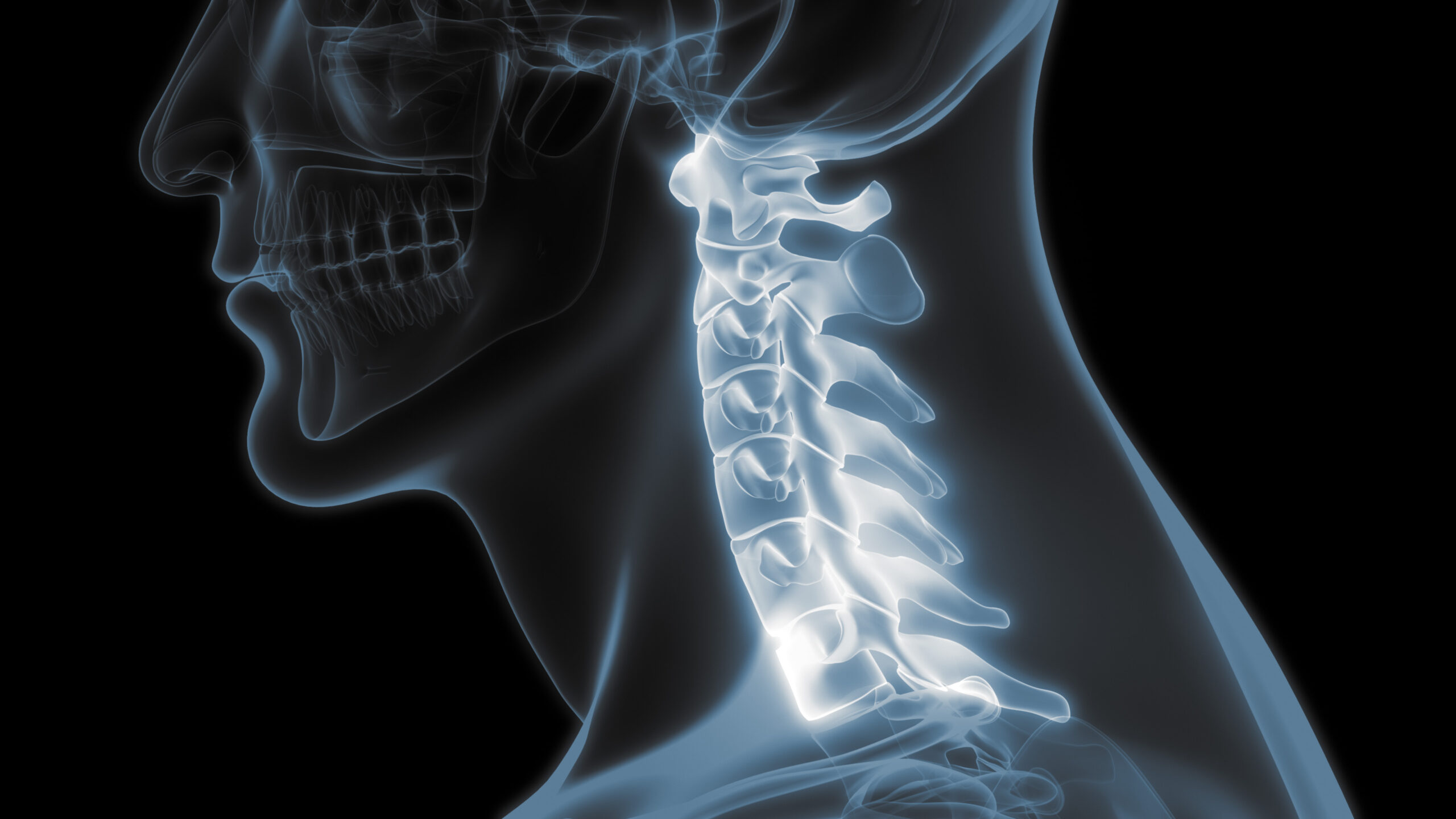Treatment for Hip Impingement Pain
Hip impingement pain occurs when there is abnormal wearing between the ball and socket of the hip joint. Basically, the ball and socket don’t fit together properly. This restricted motion causes friction that damages parts of the joint. It can lead to hip impingement pain and even arthritis in younger or older individuals. This condition commonly affects teens and young adults.
Symptoms of hip impingement pain
Most people who have a hip impingement suffer pain or stiffness in the groin area that is increased with exercises that stress the hips in any way. This may include:
- running
- jumping
- flexing the hip
- moving after prolonged periods of sitting
If left untreated, hip impingement can cause serious issues, even damaging or tearing of the labrum, the cartilage that helps hold your thigh bone in place in the hip socket.
Causes of hip impingement
Hip impingement is generally the result of abnormally shaped parts of the hip joint. In this case, there is no way to prevent the condition. Hip impingement may also be caused by repetitive movements beyond the normal range of motion for the hip joint. This is more common among certain athletes. The condition can also be caused by an injury to the hip.
When to see a provider
Professional diagnosis for hip impingement pain is essential for a proper treatment plan. If you have been experiencing consistent pain in the hip and groin area, the specialists at Colorado Springs Orthopaedic Group can help. First, you will receive a physical exam to assess the health of your hip joint. Further testing such as X-ray, MRI, or CT scan may also be necessary to diagnosis hip impingement.
Treatment for hip impingement pain
Physical therapy and certain stretches can help reduce pain and the potential for more damage, but surgery is the best option to correct the issue. Hip impingement surgery will reshape the hip socket and help prevent further damage to the surrounding tissues. A minimally invasive arthroscopic surgery will be most effective in most cases. However, in cases of more severe deformity, an open surgery may be recommended.


